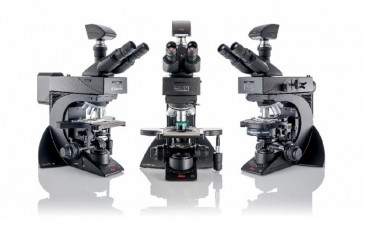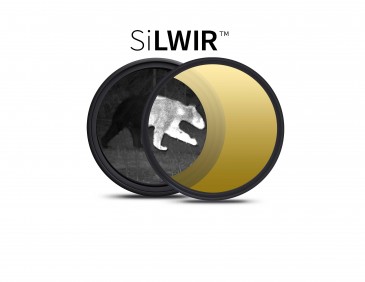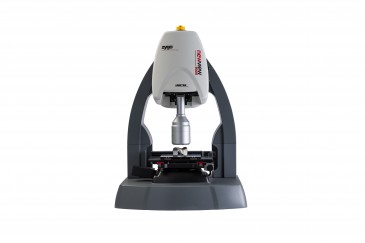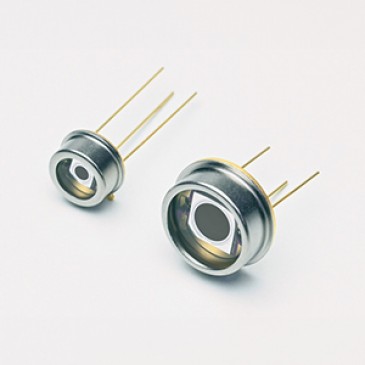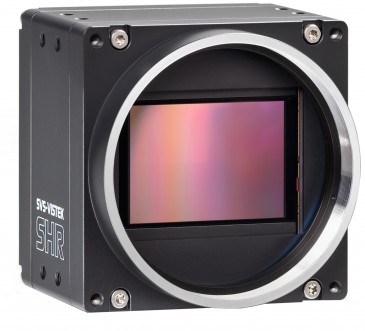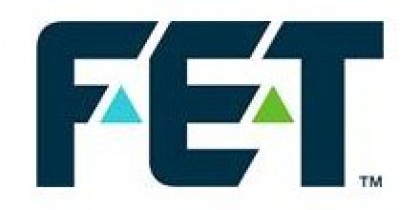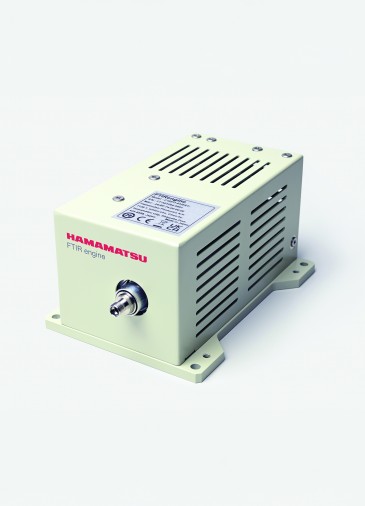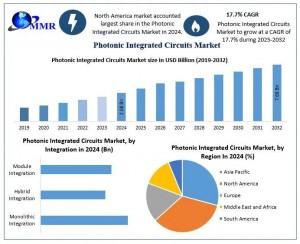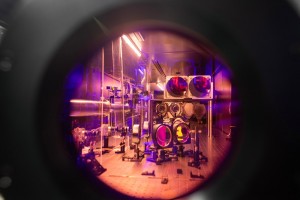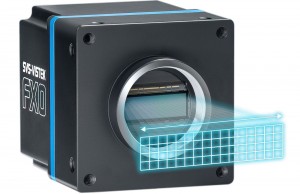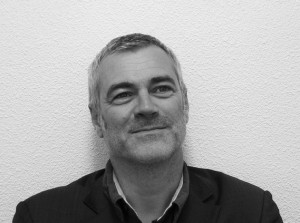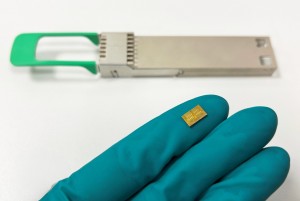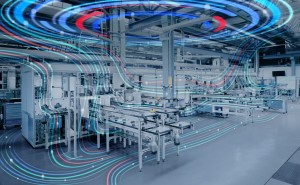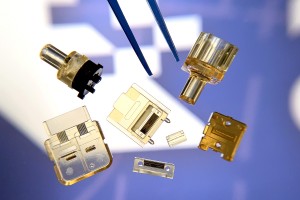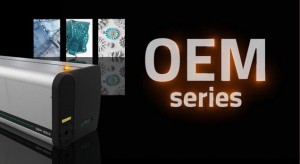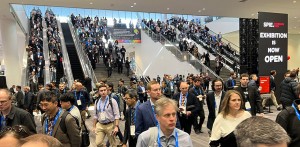
A new optical approach developed at Goethe University Frankfurt am Main, Germany, uses photoacoustic spectroscopy (PAS) to measure blood glucose levels in people with type 1 and type 2 diabetes. The method is less invasive and more reliable than today's blood glucose meters. A painless pulse of infrared laser light applied to the surface of the skin is absorbed by glucose molecules in the interstitial fluid and creates a measurable sound signature the research team calls "the sweet melody of glucose."
This novel way to measure glucose eliminates arduous finger pricks and expensive glucometer test strips. Instead, it uses a compact solid-state quantum cascade laser (QCL) that can be tuned across the glucose fingerprint absorption in the mid-infrared range (around 10 µm). "This laser is directed onto the skin, ideally at the ball of the thumb or the finger tip, and reaches deep enough into the skin to excite the glucose molecules in the interstitial fluid, or ISF," says lead researcher Werner Mäntele, PhD of Goethe University's Institut für Biophysik. "The absorption of this IR radiation in the skin layer induces an ultrasound wave — we call this “the sweet melody of glucose” — and a heat wave that travels to the skin surface, where it is detected in a photoacoustic cell and converted to an electric signal by an ultrasound microphone.”

From left to right: WM, Tobias Lieblein (PhD student), Miguel Pleitez (PostDoc), Otto Hertzberg (Master Student), Prof. H. von Lilienfeld-Toal (MD, Diabetologist)
The expert says the technique provides the four S's required for a successful sensor: It is sensitive, because of the use of laser, specific, because of the unique fingerprint absorption of glucose in the mid-IR range of the laser light, and safe, because mid-IR light does not cause skin irritations. "We are now working on longterm stability to allow a diabetes patient the use over days and months at sufficient precision," Mäntele reports.
By combining the QCL laser with photoacoustics, this new diagnostics technique promises major advantages over conventional glucose monitoring methods that rely on a blood sample and expensive consumables. “Since this is an optical technique and not an enzyme-based one, calibrations will be easier and more reliable,” Mäntele says. What is more, the biophysicist indicates that measuring glucose in the skin fluid “is a much more simple matrix than blood.”
Previous attempts to use PAS in this manner have been impeded by distortion related to changes in air pressure, temperature and humidity caused by the contact with living skin. Mäntele explains that these approaches were less successful than his because they “used near infrared (NIR) light, where glucose molecular absorption is much less specific and weaker.”
It will be quite some time before diabetics can buy a light-based glucose monitoring device on the market. “Our laboratory setup is still quite bulky and needs to be miniaturized,” Mäntele acknowledges. He and his colleagues are currently working on a shoebox-sized demonstration version that is functional and could be used in clinics and diabetes centers for experimental purposes. “Give us two to three years for that task,” the researcher says in reference to making the device more portable. “Further engineering will be needed to develop handheld and battery-driven versions.” He thinks it is realistic they could have a device “the size of an early mobile phone in five to eight years from now, that can be produced in large quantities at an acceptable prize.”
In the future, Goethe University’s PAS-based technology could enable applications beyond measuring glucose. “With this technique, we measure for the first time IR spectra of skin in vivo,” Mäntele says. “One evident application is the optimisation of drugs penetrating through skin, or the control of certain cosmetics that are not supposed to penetrate into skin.”
The research team has started trials with diabetes patients and healthy volunteers to garner information on the reliability of the technique with skin variations over time, with manual labour, with diseases, and so forth. “With that,” Mäntele says, “we want to make sure that the measuring technique can be applied even under critical conditions. What about measuring glucose if you had just run the New York Marathon? What if you have an infection and take high doses of medications.” In addition, the team needs “the involvement of industry to help with miniaturisation and production,” the professor concludes.
Written by Sandra Henderson, Research Editor, Novus Light Technologies Today








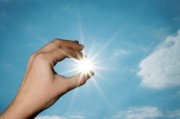

















 Back to Features
Back to Features